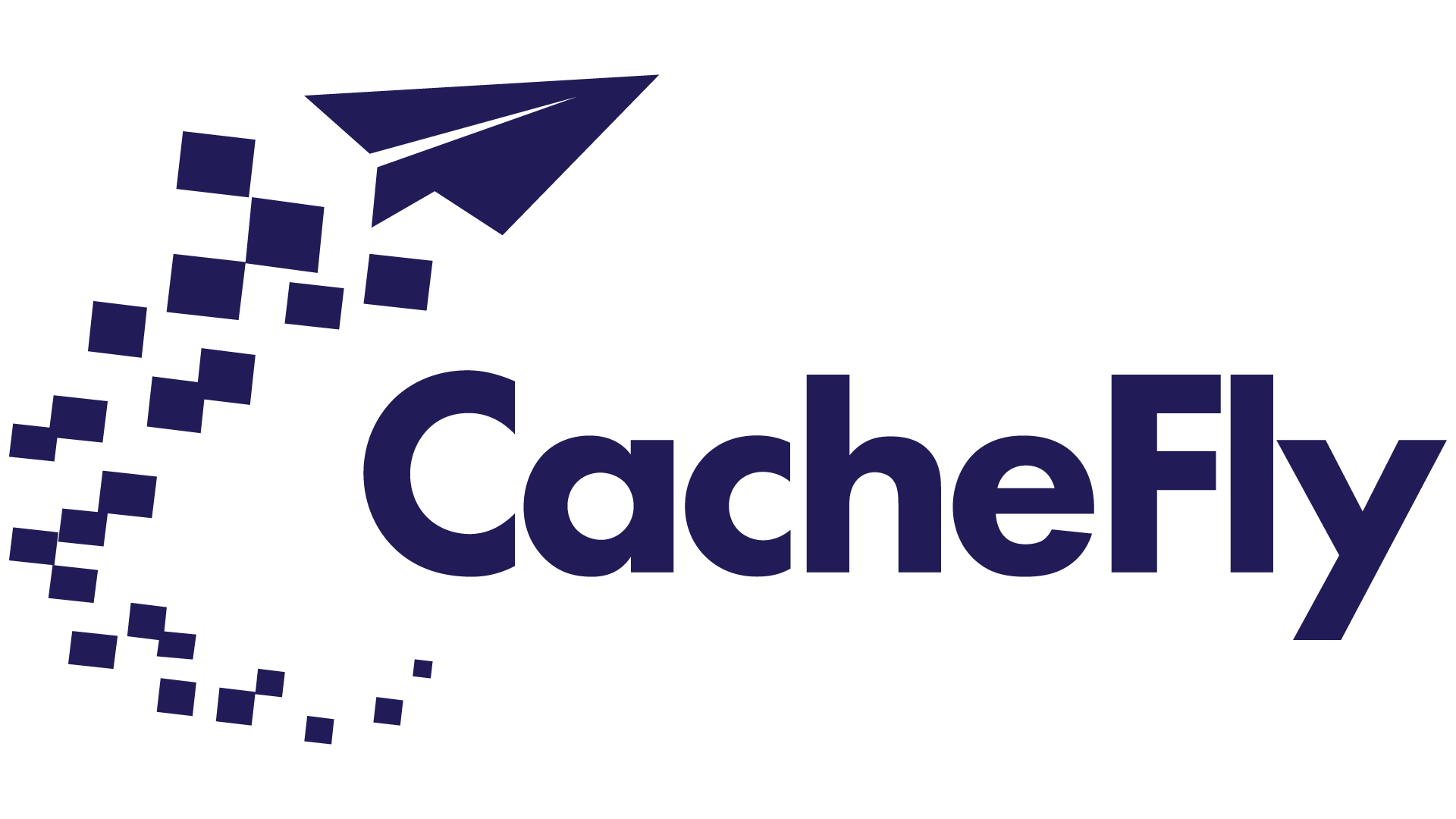
Mastering Digital Growth: Best Practices for Scaling Content Delivery Efficiently
Post Author:
CacheFly Team
Categories:
Date Posted:
November 6, 2024
Key Takeaways
- Understanding the primary objectives of your CDN strategy is crucial, focusing on speed optimization, enhancing security, and ensuring redundancy.
- Selecting the appropriate CDN provider is paramount, considering factors such as network size, feature offerings, and reliability.
- Seamless integration of your website or application with the CDN is essential, involving DNS configuration, origin fetch settings, and SSL/TLS implementation.
- Effectively optimizing caching strategies and leveraging custom rules and behaviors can significantly fine-tune content delivery.
Mastering digital growth requires a deep understanding of how to effectively scale content delivery. This involves the strategic implementation of a Content Delivery Network (CDN) to optimize speed, enhance security, and ensure redundancy. The selection of an appropriate CDN provider plays a pivotal role in this process, as does seamless integration of your website or application with the CDN. Optimizing caching strategies and leveraging custom rules and behaviors for content delivery are equally important. This guide will explore these aspects in detail, providing you with the best practices for scaling content delivery efficiently.
Key Principles of CDN Implementation
The journey to mastering digital growth begins with identifying the primary objectives of your CDN strategy. This involves optimizing for speed by minimizing latency and improving page load times through content delivery from geographically closer servers. Enhancing security and ensuring redundancy are equally important. Implementing features like DDoS protection, Web Application Firewall (WAF), and SSL/TLS encryption can safeguard your website and users. Additionally, distributing content across multiple servers can maintain high availability and mitigate the impact of server failures or traffic spikes.
Once you have identified your objectives, the next step is to select the appropriate CDN provider. Critical factors to consider include the provider’s network size and global reach, feature offerings, and performance and reliability. Choosing a provider with an extensive network of strategically located Points of Presence (POPs) can ensure optimal content delivery to your target audience. Evaluating the provider’s feature set, including support for advanced caching techniques, real-time analytics, and customizable rules for content delivery, can provide valuable insights. Furthermore, assessing the provider’s track record in terms of uptime, response times, and ability to handle high traffic volumes efficiently can give you confidence in your selection.
Successful CDN deployment also requires seamless integration of your website or application with the CDN. This involves configuring DNS settings to enable the CDN to handle incoming requests and serve content on behalf of your origin server. Setting up origin fetches and defining rules for how the CDN retrieves content from your origin server, including cache expiration policies and content freshness settings, is another important step. Implementing SSL/TLS certificates is a must to secure the connection between the CDN and your users, ensuring encrypted data transfer and protecting sensitive information.
Beyond these foundational steps, optimizing caching strategies for efficient content retrieval and expiration is key. Setting appropriate cache-control headers can specify how long the CDN should cache different types of content before revalidating with the origin server. Applying distinct caching rules based on content type can result in longer cache durations for static assets like images, CSS, and JavaScript, and shorter durations for dynamic or frequently updated content. Implementing cache purging can ensure that users always receive the latest version of your website or application when updates are made.
Lastly, leveraging custom rules and behaviors can fine-tune your content delivery. Creating custom rules based on URL patterns or query string parameters can apply specific caching, compression, or security settings to different parts of your website. Modifying HTTP headers can control caching behavior, redirect requests, or inject additional security headers. Implementing rules to serve tailored content based on the user’s geographic location or device type can optimize the user experience for different regions or mobile devices.
By following these key principles for CDN implementation, you are well on your way to mastering digital growth and scaling content delivery efficiently. Remember, the best practices for scaling content delivery are not a one-size-fits-all solution but rather a strategic approach tailored to your specific needs and objectives.
Advanced CDN Optimization Techniques: The Next Level of Scaling Content Delivery
Adopting cutting-edge protocols for improved performance is one of the best practices for scaling content delivery. By implementing the latest HTTP/3 and QUIC protocols, you can reduce latency, improve connection establishment times, and enhance performance in high-latency and packet-loss environments. HTTP/3 and QUIC protocols are designed to deliver superior performance and reliability, making them an excellent choice for modern CDN implementations.
Beyond that, enabling Brotli compression allows you to further compress text-based assets, resulting in smaller file sizes and faster content delivery compared to traditional Gzip compression. Furthermore, optimizing TCP/IP settings, such as increasing the initial congestion window (IW) and enabling TCP Fast Open (TFO), can accelerate the establishment of connections between the CDN and end-users. These advanced techniques ensure that your CDN delivers content swiftly and efficiently to your audience.
Another critical aspect of advanced CDN optimization is fine-tuning Time to Live (TTL) values for optimal performance. By analyzing your content update frequency, you can set appropriate TTL values that strike a balance between serving the most up-to-date content and reducing the load on your origin server by minimizing unnecessary cache invalidations. Implementing caching directives like `stale-while-revalidate` can also serve stale content from the cache while asynchronously fetching fresh content from the origin, improving perceived performance for end-users.
Real-time analytics and monitoring are vital tools for data-driven optimizations. By monitoring key performance metrics such as cache hit ratio, response times, error rates, and bandwidth consumption, you gain critical insights into the effectiveness of your CDN implementation. These insights allow you to identify performance bottlenecks, such as slow-loading pages, high latency regions, or inefficient caching configurations. By leveraging the CDN’s real-time analytics capabilities, you can conduct A/B tests and make data-driven decisions to optimize your CDN performance.
Optimizing strategies for video and large-file distribution is another important technique. Implementing adaptive bitrate streaming technologies like HLS or MPEG-DASH can deliver video content in multiple quality levels, adapting to the user’s network conditions and device capabilities. Employing segment caching and implementing prefetching and preloading techniques can further improve startup times and reduce buffering, ensuring a smooth and enjoyable user experience.
Lastly, prioritizing security measures is crucial to protect your website and users. Activating the CDN’s DDoS protection features can mitigate the impact of distributed denial-of-service attacks, ensuring the availability and responsiveness of your website. Implementing a robust Web Application Firewall (WAF) can protect against common web vulnerabilities. Employing bot mitigation techniques can prevent scraping, content theft, and automated attacks.
By leveraging these advanced CDN optimization techniques, you can take your content delivery to the next level, providing a superior user experience while maintaining high security and performance. Remember, mastering digital growth and scaling content delivery efficiently is a continuous process that requires ongoing optimization and adaptation to the latest technology trends and best practices.
Leveraging Artificial Intelligence and Machine Learning in CDN: The Future of Content Delivery
Artificial Intelligence (AI) and Machine Learning (ML) are revolutionizing the way we approach content delivery. One of the most insightful applications of AI in CDN is predictive content caching. By utilizing machine learning algorithms, you can analyze patterns in user behavior, such as frequently accessed content, popular pages, and user demographics. This analysis allows you to predictively cache content at the edge servers, reducing latency and improving the overall user experience. As user preferences and content popularity change, you can continuously refine the predictive models based on real-time data and feedback. This ensures your CDN remains responsive to evolving user behavior.
Enhancing CDN performance with AI-driven traffic management is another significant stride in best practices for scaling content delivery. AI algorithms can optimize content delivery paths in real-time, considering factors like network congestion, server load, and geographic proximity. This dynamic routing ensures user requests reach the most optimal edge server based on real-time network conditions and server health, ensuring the fastest possible content delivery. Additionally, machine learning can predict potential network bottlenecks or server failures, and proactively redirect traffic to alternative routes or servers, maintaining high performance.
But the role of AI and ML is not limited to performance optimization. They also play a crucial role in strengthening CDN security. By training machine learning models to identify and mitigate security threats in real-time, you can detect anomalous traffic patterns indicative of DDoS attacks or content scraping attempts. Implementing adaptive rate limiting based on machine learning algorithms can prevent abuse and protect against bot-driven attacks while minimizing the impact on legitimate users. By continuously updating the machine learning models with new threat data and patterns, you stay ahead of evolving security risks and maintain a robust defense against emerging threats.
AI and ML can also be leveraged to optimize resource allocation and cost-efficiency. Machine learning algorithms can predict content demand and optimize resource allocation accordingly, ensuring efficient utilization of CDN infrastructure. Analyzing historical data and user behavior patterns allows you to anticipate peak traffic periods and proactively scale resources to handle increased demand without over-provisioning. Implementing intelligent caching strategies based on AI-driven insights, such as dynamically adjusting cache expiration times based on content popularity and update frequency, can reduce storage costs and improve cache efficiency.
By harnessing the power of AI and ML in CDN, you can drive performance, security, and efficiency to new heights, ensuring optimal content delivery that meets and exceeds user expectations.
Measuring and Optimizing CDN Performance: A Proactive Approach to Scaling Content Delivery
As you continue to scale your content delivery, it becomes crucial to establish key performance indicators (KPIs) for your CDN. Defining relevant metrics such as page load times, cache hit ratio, origin offload, and error rates can help you assess the effectiveness of your CDN implementation. Setting realistic performance benchmarks based on industry standards and your specific business goals, considering factors like user expectations and the competitive landscape, is a best practice that sets the stage for success. As your business objectives and technological advancements in the CDN space evolve, regularly reviewing and adjusting your KPIs ensures that you stay on top of your game.
Conducting comprehensive performance testing and monitoring is a crucial aspect of optimizing CDN performance. Regular synthetic testing to measure CDN performance from various geographic locations, simulating real-user behavior, and identifying potential bottlenecks or latency issues helps you stay proactive. Implementing real-user monitoring (RUM) to capture performance data from actual user sessions gives you insights into how your CDN performs under real-world conditions. Monitoring CDN performance in real-time using advanced analytics and monitoring tools enables you to identify and resolve performance issues before they impact your end-users.
Once you have the data, it’s time to analyze and optimize. Regularly reviewing performance reports and analytics data can help you identify trends, patterns, and areas for improvement in your CDN configuration. Conducting root cause analysis for identified performance issues, such as slow page loads or high error rates, and implementing targeted optimizations addresses the underlying problems and improves performance. Continuously iterating and refining your CDN setup based on data-driven insights, and experimenting with different caching strategies, compression techniques, and delivery optimizations enables you to maximize performance and stay abreast of best practices for scaling content delivery.
Collaborating with your CDN provider for ongoing optimization is a key part of achieving peak performance. Engaging in regular discussions with your CDN provider keeps you informed about new features, best practices, and optimization opportunities specific to their platform. Leveraging the expertise and support of your CDN provider’s technical team can help you troubleshoot complex performance issues and explore advanced optimization techniques tailored to your unique requirements. Participating in beta programs or early access initiatives offered by your CDN provider keeps you at the forefront of technological advancements and ensures you benefit from the latest performance enhancements.
Staying updated with industry trends and best practices is vital in this rapidly evolving technology landscape. Regularly reviewing industry blogs, whitepapers, and case studies keeps you informed about the latest trends, techniques, and best practices in CDN optimization. Attending relevant webinars, conferences, and training sessions helps you expand your knowledge and learn from the experiences of other professionals in the field. Engaging with the CDN community through forums, social media, or professional networks allows you to exchange ideas, seek advice, and collaborate on optimization strategies.
As Ilya Grigorik, a web performance engineer at Google, emphasizes in his article on Content Delivery Networks, “A well-optimized CDN configuration can make a significant difference in the performance and reliability of your web application. By leveraging advanced features and following best practices, you can ensure that your users receive the best possible experience, regardless of their location or network conditions.”
As we’ve seen, scaling content delivery effectively involves a multi-faceted approach, with a keen focus on performance measurement and optimization. But have you considered how AI and ML could enhance your CDN performance? Or how you can stay ahead of evolving security risks with machine learning techniques?
About CacheFly
Beat your competition with faster content delivery, anywhere in the world! CacheFly provides reliable CDN solutions, fully tailored to your business.
Want to talk further about our services? We promise, we’re human. Reach us here.
Product Updates
Explore our latest updates and enhancements for an unmatched CDN experience.
CacheFly in the News
Learn About
Work at CacheFly
We’re positioned to scale and want to work with people who are excited about making the internet run faster and reach farther. Ready for your next big adventure?




